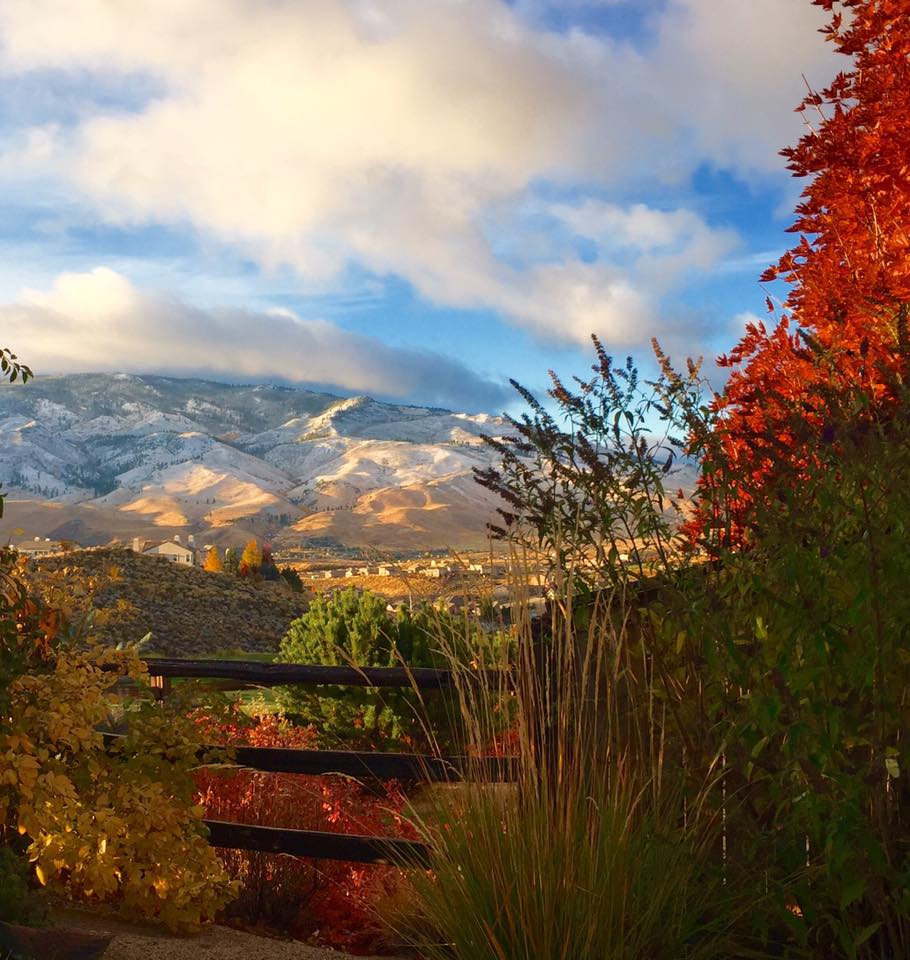Summary of presentation on….
Cataclysmic Earthquakes in the Western U.S.
Probability and Consequences
with
Dr. Graham Kent and Dr. Ken Smith
The probability of a magnitude 9.0 or higher earthquake in the Pacific Northwest (“Cascadia”) is growing. University of Nevada, Reno professors Graham Kent and Ken Smith emphasized that, closer to this region, the “Big One”, an M8 (magnitude 8.0) earthquake along the southern San Andreas fault, is 150 years past due relative to a 180 year average return time. In Nevada, the Silver State is 60 years past its last M7 earthquake, or 30 years past its long-term average of three M7 quakes each century!
When these events do happen, and they will, the costs for the San Andreas and Pacific Northwest (Cascadia) events are estimated to be north of $300 Billion dollars — and may top $1 Trillion dollars in damages. An urban-centered M7 earthquake in Nevada would run in the 10s of billions of dollars. Kent and Smith stressed that it is “not a matter of if” such an event will occur, only “when”. The high likelihood of these events places a premium on careful preparation for its aftermath, and, unfortunately, Nevada is ill-prepared to cope with such an event, especially from a business resiliency standpoint Even in regions where extensive measures have been undertaken, for example in Japan, the costs of a major earthquake and associated tsunamis are high—it was over $220 billion in immediate damages and more than 18,000 lives were lost after the Fukashima quake. Should a major quake hit the Pacific Northwest (“Cascadia”), the damage will be extensive, despite ongoing preparatory measures (“everything west of I-5 is toast!”).
Kent and Smith stressed that Nevada is ill-prepared to face these disasters today — and should immediately embark on a plan of economic resiliency to prepare our state for the 1st day after a disaster. While damage to property and potential lives lost would be greater in the northwest, Nevada is prone to a M7+ events and among a host of measures needs to implement much better building reinforcement for older buildings (i.e., unreinforced masonry) and relatively inexpensive measures for newer ones. The City of Napa did that after their M5.1 earthquake in 2000 and the town economically withstood a strong M6.0 earthquake quite well. We in northern Nevada are “overdue” for a major quake. During the 20th century, there were 7 quakes of M6.5 or higher, but none in the past 61 years. The 100 years preceding 1948, the Truckee Meadows experienced a Napa-style M6 earthquake about every 12.5 years; our region has experienced none since. This lack of activity, Mogul notwithstanding, has generated greater complacency. Kent stressed that initiating a plan toward greater business resiliency, plus more comprehensive early warning of all hazards (fire, flood and earthquakes) can be done in Nevada for as little as $2 million/year. Most of these costs will be recouped from reduction in wildfire using the fire camera early warning system developed at Nevada Seismological Laboratory, UNR.
Participants were impressed by the multi-hazard early detection network that UNR, led by Kent and Smith, have installed, that provides early warning of wildfires, quakes and other natural disasters. To get early actionable intelligence on these disasters, the Nevada Seismological Laboratory has launched AlertTahoe to provide early warning information for fire ignition, earthquake activity and extreme weather—all in real-time, 24/7. This is just the first step as Nevada (and the west coast) develops an economic strategy of resilience to ensure an “all in” approach to post disaster recovery that hinges on sounds plans today! As demonstrated in Napa, small expenditures before their M6 earthquake saved the day— and their community was back up in business quickly after their incident. Unfortunately, Nevada has done very little to prepare to withstand these disasters.
Great presentation! The link to Kent and Smith’s PowerPoint is below.

